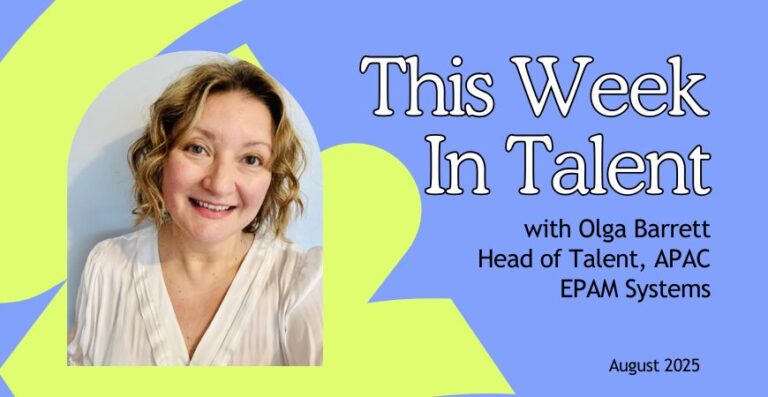Hello, it’s Tash Gawne here, back with part two of my 2025 predictions!
At Globird, we’ve made our EVP rebrand the cornerstone of our strategy this year by embedding role-specific competencies directly into our development planning workflow. This approach has provided employees with a clear path to success, empowered them to set actionable goals, and motivated them to grow with us.
If you’re considering a similar focus for 2025, here are some key benefits of competency-based development plans to discuss with your leadership team:
- Motivate employees with clear career paths: Help your people understand exactly what’s required to progress in their current role or transition to a new one. At Globird, we’ve created cross-functional career tracks for employees who may see their future in another department—for example, starting in our call centre and later moving into People & Culture.
- Empower managers to provide precise feedback: Clear competency frameworks enable managers to give actionable, tailored feedback on performance and progress.
- Gather actionable data: Competency-based plans generate aggregate data that helps People & Culture identify capability strengths and gaps, ensuring alignment with business goals.
- Boost organisational performance: By aligning career goals with business needs, employees feel motivated to reach their full potential, driving overall company success.
For us, these benefits have been transformative. Our People & Culture team has used this framework to focus our L&D and talent initiatives for 2025. Our training calendar was shaped by direct employee feedback, ensuring our efforts align with their development priorities. This collaborative approach has been invaluable for securing buy-in and building a thriving workplace.
Technology Support Is Essential
To make these initiatives successful, investing in the right technology is critical. Explore platforms that best suit your needs. A user-friendly technology solution allows employees to explore career paths online and enables you to manage and update competencies as skills evolve.
By aligning employee development with your business goals, you can drive performance across your organisation and keep employees motivated while fostering growth.
So, what are you waiting for?
Take the leap and integrate competency-based planning into your strategy for 2025.
As I sign off as your December editor, I hope you’ve enjoyed this month’s insights. Wishing you a Merry Christmas and a Happy New Year! May your 2025 work priorities be innovative, exciting, and impactful.







